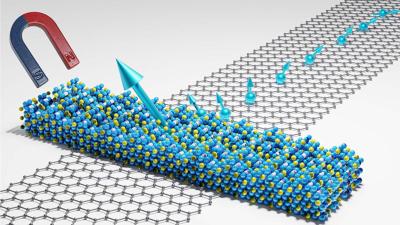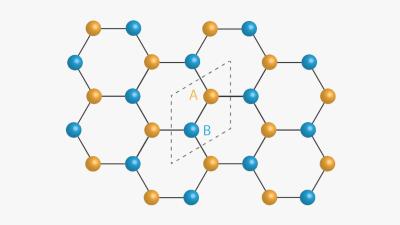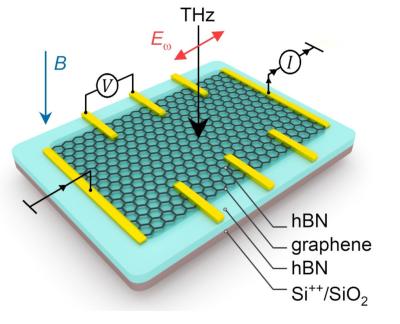Researchers turn tiny graphene disks into electromagnets
Researchers from Helmholtz-Zentrum Dresden-Rossendorf, Universität Duisburg-Essen, CENTERA Laboratories, Indian Institute of Technology, University of Maryland and the U.S. Naval Research Laboratory have used graphene disks to demonstrate light-induced transient magnetic fields from a plasmonic circular current with extremely high efficiency.
The effective magnetic field at the plasmon resonance frequency of the graphene disks (3.5 THz) is evidenced by a strong ( ~ 1°) ultrafast Faraday rotation ( ~ 20 ps). In accordance with reference measurements and simulations, the team estimated the strength of the induced magnetic field to be on the order of 0.7 T under a moderate pump fluence of about 440 nJ cm−2.



